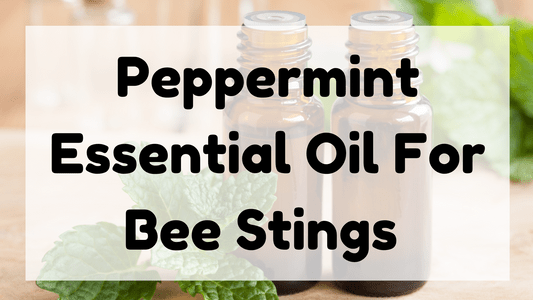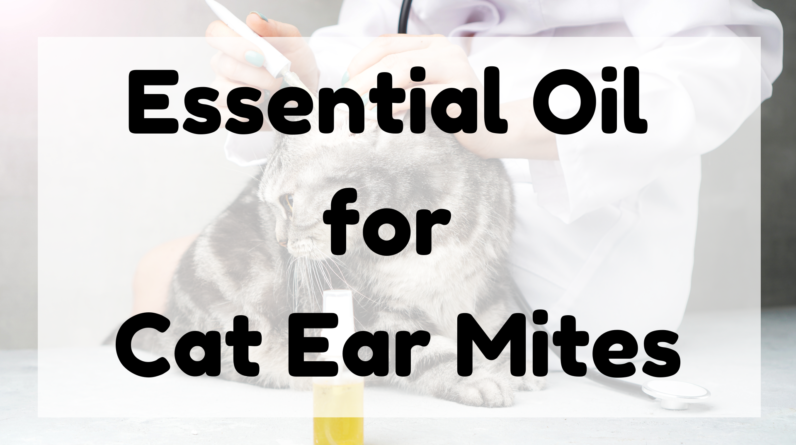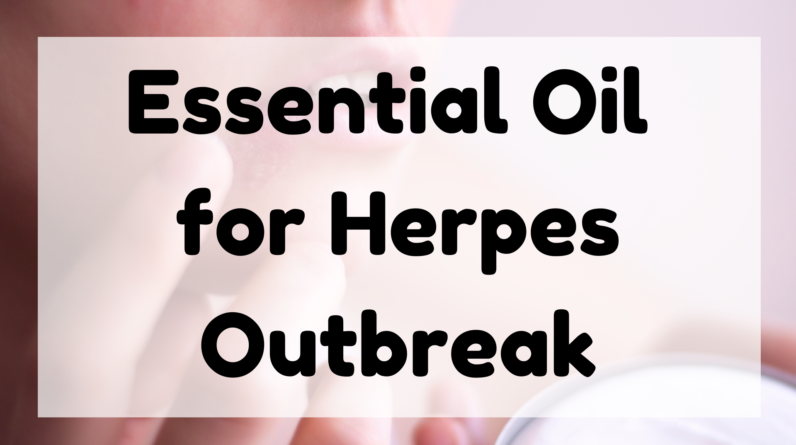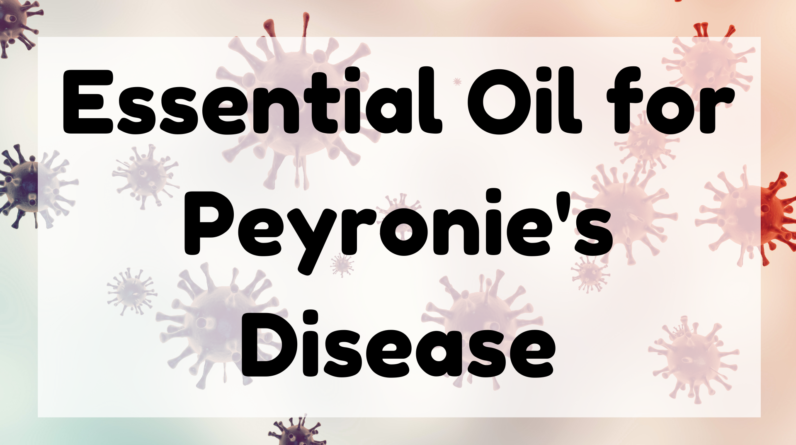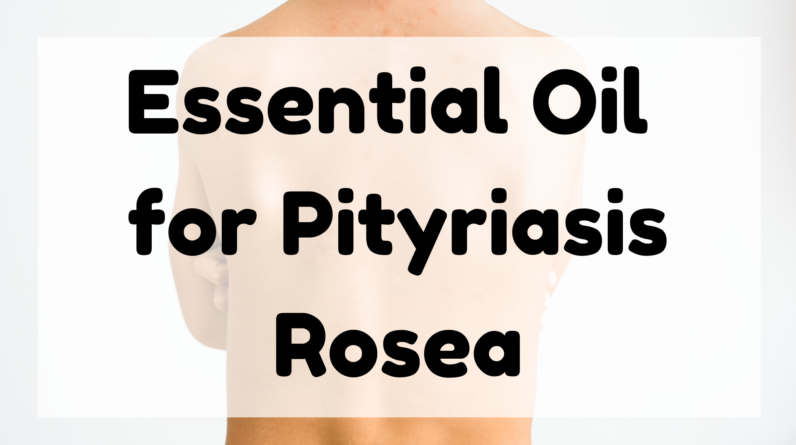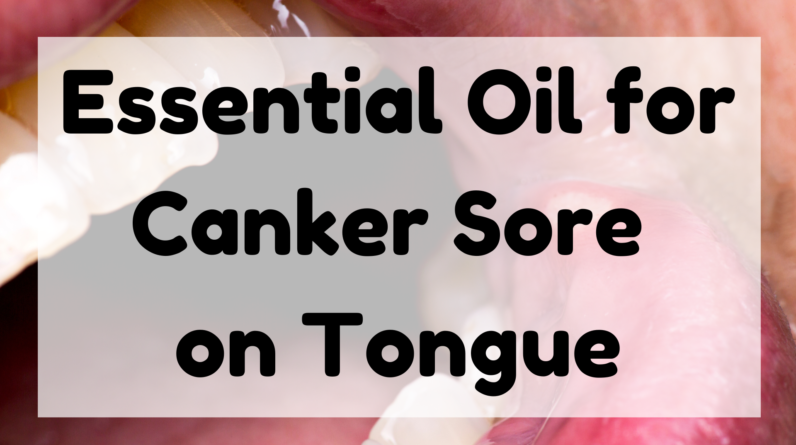Jump Ahead to:
Peppermint Essential Oil For Bee Stings
Before you use Peppermint Essential Oil for Bee Sting, you must know a few things about it.
First, what are Essential Oils and how do they work?
Second, what are the benefits of peppermint?
And third, what are the common side effects?
These are all important questions to ask yourself before using essential oils for any purpose.
Fortunately, there are several natural remedies available, and Peppermint is one of them.
What are Essential Oils
There are various types of essential oils.
Some are safe to apply directly to the sting site, while others should be diluted in a carrier oil.
Grapeseed oil, for example, is a good choice, because it has astringent properties.
Regardless of the oil, apply it as soon as possible after a bee sting has occurred.
You should keep this treatment for at least 10 days to see the most effective results.
Some essential oils are extremely potent, and should be diluted with a carrier oil.
This helps to cushion the effect of the oil on the skin.
Olive oil and coconut oil work well, although water is ineffective for dilution.
Always seek the advice of a doctor before applying essential oils to your skin.
Do not use the oils if you have an allergy or are pregnant.
You should also avoid using essential oils if you have severe skin reaction.
Basil essential oil will help to reduce itching and swelling and prevent bacterial infections.
Eucalyptus will accelerate the healing process by protecting you against disease-carrying germs.
It has antibacterial and antiseptic properties that can help reduce pain and inflammation.
A few drops of basil and eucalyptus will also help with the stinging sensation.
These oils should be applied to the affected area to reduce pain and swelling and encourage healing.
Lavender essential oil has an amazing lavender fragrance.
It also fights inflammation and the itchiness caused by bee stings.
It is also effective at reducing swelling and itchiness and helps eliminate bees from the surrounding environment.
Both tea tree and lavender essential oils are useful for bee stings and are used in natural essential oil blends.
The latter two oils can be diffused in a diffuser.
Many essential oils contain anti-inflammatory and antihistamine properties.
You can apply these oils to your sting site by using them as an ointment, spray, or diffuser.
Vedaoils sells a complete line of essential oils for bee stings.
They have a fantastic smell and are available in sprays and ointments.
The benefits of using essential oils are obvious.
Properties of Essential Oils
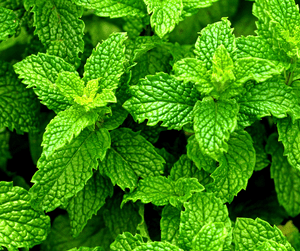
You might have heard of the medicinal properties of Peppermint Essential Oil for Bee Stinks.
It is a popular choice for bee stings. This oil is known to soothe the sting and reduce swelling.
Besides being a natural antihistamine, peppermint essential oil is effective for reducing the itchiness and redness of bee stings.
Generally, peppermint essential oil is applied directly to the affected area.
Because it’s a strong oil, you should dilute it with a carrier oil like aloe vera or moisturizer before applying it to the affected area.
After a couple of hours, you can apply a lotion or ointment that contains peppermint essential oil.
Peppermint essential oil is applied directly to bee stings.
For best results, apply a few drops of peppermint oil mixed with a carrier oil like grapeseed oil.
The resulting mixture should contain at least 3% peppermint oil.
It is important to use a carrier oil with the essential oil, as they contain higher amounts of menthol than other oils.
Tea tree oil is a good option for bee stings, too.
This essential oil has powerful antibacterial and antifungal properties.
It soothes the itching and burning sensation and helps the wound heal faster.
It can also act as a natural antihistamine. Combined with chamomile oil, it can soothe other skin ailments.
If you don’t want to use peppermint oil directly, you can also mix it with witch hazel and apply it directly to the affected area.
If you don’t want to use peppermint oil directly on the skin, you can dilute it with a carrier oil like coconut oil.
Carrier oils cushion the effects of essential oils and prevent them from irritating the skin.
When diluted properly, peppermint essential oil can effectively eliminate the sting.
Peppermint is a popular essential oil. Besides preventing bee stings, it can also reduce the swelling and itching.
Peppermint is a popular essential oil, and it can be used on plants as well.
You can mix it with other essential oils and apply it to the affected area.
Just remember not to use it on broken skin. It can cause infection if you scratch or leave it open.
Cause of Bee Sting Infections
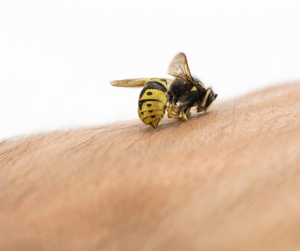
When a person is stung by a bee, the body’s response is to flush venom components from the affected area.
The result is localized pain, redness, swelling, and itching.
While a small local reaction can be mild to severe, the body is more likely to experience a larger swelling around the area of the sting and, in some cases, the entire area.
In some cases, the sting can result in an allergic reaction, which can include hives, fever, joint pain, and headaches.
Although a true allergic reaction is uncommon, a severe local reaction can cause serious complications.
In the case of an infection, the sting may be so severe that the patient must seek medical attention.
In mild cases, over-the-counter pain relievers and antihistamines may be sufficient.
A cold compress can be applied to the affected area to reduce inflammation.
Alternatively, a baking soda solution can be applied to reduce swelling.
Tea tree oil is also a natural antiseptic, and should be applied directly to the affected area.
In addition, essential oils such as lavender can help alleviate the pain and promote healing.
If a bee sting is severe, you may experience fever, pain, and redness in the affected area.
The infection may not present itself immediately. However, it may take weeks before symptoms appear.
Therefore, you should take good care of yourself and seek medical treatment if you suspect you are suffering from an infection.
A doctor will also be able to culture the discharge and prescribe the proper antibiotic.
If you are still experiencing swelling or redness, it is probably an infection.
In some cases, bee stings are infected with bacteria, which can lead to life-threatening or even fatal infections.
Fortunately, infected bee stings are not common, but it’s important to seek medical care if you experience any symptoms.
If the sting is severe enough, your doctor may administer an oral corticosteroid to reduce the risk of an allergic reaction.
Peppermint Essential Oil for Bee Stings
Its sweet herbal smell can be life-saving in the wilderness.
This powerful pain reliever also has antibacterial and antifungal properties.
Luckily, essential oils from Healing Solutions are certified kosher, FDA-approved, and produced by rigorous distillation.
Peppermint essential oil contains menthol, a compound that has both antibacterial and antifungal properties.
Peppermint Essential Oil is used for many applications, including repelling bees.
This essential oil is safe for use on people and plants, and it can be applied with a cotton piece.
Majestic Pure peppermint oil is a pure, all-natural essential oil that is effective on stings.
It is also suitable for use on garden soil, and can be purchased in bulk to save money.
When applying peppermint essential oil to stings, the oil will make the bite feel cooler and will increase blood flow to the area containing the venom.
It will reduce inflammation and itching and may even help reduce the risk of infection.
Just remember to avoid contact with your eyes and mouth. Afterward, apply the oil neat.
To minimize the risk of infection, apply a few drops of the oil two to three times daily to the affected area.
Aside from peppermint oil, you can also use lavender essential oil, which contains anti-inflammatory compounds that have been found to be similar to those found in prescription pain medications.
Also, thyme essential oil is highly effective in treating and preventing infection.
Additionally, it is used for a variety of conditions, including insect bites and other skin irritations.
In addition to the benefits of peppermint oil, thyme is another excellent choice for treating bee stings.
In addition to reducing swelling and itchiness, it has antibacterial and anti-inflammatory properties that make it an excellent remedy for the pain and discomfort associated with bee stings.
It’s best to dilute it first with a carrier oil and apply it to the sting as needed.
It’s also an excellent choice to treat bug bites, particularly spider bites and fire ants.
NEXT Copaiba Essential Oil For Lymph Glands
Legal and Medical Disclaimer
Information provided on the site is for educational purposes only, and does not substitute for professional medical advice.
You MUST consult a medical professional or healthcare provider if seeking medical advice, diagnoses, or treatment.
We do not provide any medical advise.


